Table of content
Can Brown Rice Be Cooked Directly into Porridge? A Comprehensive Guide to Preparing Nutritious and Delicious Brown Rice Porridge*
Brown rice, often hailed as a nutritional powerhouse compared to its refined counterpart, white rice, has gained immense popularity in health-conscious kitchens worldwide. While many are familiar with its use in stir-fries, salads, or as a side dish, a lesser-explored avenue is its potential as a base for porridge. The question arises: Can brown rice be cooked directly into porridge without prior processing?* This article delves into the feasibility, methods, benefits, and creative possibilities of transforming whole-grain brown rice into a creamy, comforting porridge. Whether you seek a gluten-free breakfast alternative, a post-workout meal, or a soothing dish for chilly evenings, mastering the art of brown rice porridge opens doors to a world of texture, flavor, and nourishment.
The Basics: Is Direct Cooking Possible?
The short answer is yes—brown rice can indeed be cooked directly into porridge. However, achieving the perfect consistency requires an understanding of its unique properties. Unlike white rice, which has had its bran and germ removed, brown rice retains these layers, making it denser, chewier, and richer in fiber, vitamins, and minerals. This also means it demands a longer cooking time and more liquid to soften adequately.
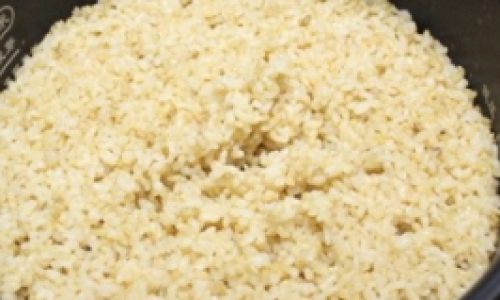
Key Challenges and Solutions
- Cooking Time: Brown rice typically takes 45–60 minutes to cook on the stovetop, nearly double that of white rice. For porridge, this duration is necessary to break down the grains into a creamy texture.
- Solution: Soaking the rice beforehand (1–12 hours) reduces cooking time by softening the bran layer.
- Texture: Without proper liquid ratios, brown rice porridge may turn out too thick, gummy, or unevenly cooked.
- Solution: Use a 1:4 or 1:5 ratio of rice to water (or broth) and stir occasionally to prevent sticking.
- Flavor: Brown rice has a nutty, earthy taste that some find bland.
- Solution: Enhance with spices, herbs, or aromatics like ginger, garlic, or turmeric.
Step-by-Step Guide to Cooking Brown Rice Porridge
Ingredients and Tools
- 1 cup brown rice (short, medium, or long grain)
- 4–5 cups water, broth, or plant-based milk
- 1 tsp salt (optional)
- Toppings of choice (see “Customization Ideas” below)
- A heavy-bottomed pot, rice cooker, or Instant Pot
Method 1: Stovetop
- Rinse the Rice: Place brown rice in a fine-mesh strainer and rinse under cold water until the water runs clear. This removes excess starch and debris.
- Soak (Optional): For faster cooking, soak the rice in water for 1–12 hours. Drain before cooking.
- Combine Ingredients: In a pot, add rice, liquid, and salt. Bring to a boil over high heat.
- Simmer: Reduce heat to low, cover, and simmer for 45–60 minutes, stirring every 10–15 minutes to prevent clumping.
- Adjust Consistency: If the porridge is too thick, add more liquid. For a smoother texture, use an immersion blender to partially purée the mixture.
- Serve: Ladle into bowls and top with desired ingredients.
Method 2: Rice Cooker
- Rinse and soak the rice as above.
- Add rice, liquid, and salt to the rice cooker.
- Set to the “porridge” or “brown rice” setting (cooking time may vary by model).
- Once done, fluff with a fork and serve.
Method 3: Instant Pot/Pressure Cooker
- Rinse and soak the rice (optional but recommended for shorter pressure time).
- Combine rice, liquid, and salt in the Instant Pot.
- Seal the lid and cook on high pressure for 20–25 minutes.
- Allow natural release for 10 minutes, then manually release remaining pressure.
- Stir and adjust consistency as needed.
Nutritional Benefits of Brown Rice Porridge
Brown rice porridge is a nutritional powerhouse, offering a host of health benefits:
- Fiber-Rich: A single cup provides 3.5 grams of fiber (14% of the Daily Value), aiding digestion and promoting satiety.
- Low Glycemic Index: Unlike refined grains, brown rice causes a slower rise in blood sugar, making it ideal for diabetics or those seeking sustained energy.
- Essential Minerals: Rich in magnesium, selenium, and manganese, it supports bone health, immune function, and metabolism.
- Plant-Based Protein: Contains 5 grams of protein per cup, contributing to muscle repair and growth.
- Antioxidants: The bran layer contains phenols and flavonoids, which combat oxidative stress.
Customization Ideas: From Savory to Sweet
One of the joys of brown rice porridge is its versatility. Experiment with flavors to suit your palate or dietary needs:
Savory Variations
- Asian-Inspired Congee: Add ginger, garlic, soy sauce, and a soft-boiled egg. Top with scallions and sesame oil.
- Spicy Tomato: Stir in tomato paste, cumin, and chili flakes. Serve with avocado and lime.
- Mushroom and Thyme: Sauté mushrooms with thyme, then fold into the porridge. Finish with a drizzle of truffle oil.
Sweet Variations
- Coconut and Mango: Use coconut milk as the liquid and top with fresh mango and toasted coconut flakes.
- Berry Compote: Simmer mixed berries with honey and a splash of lemon juice. Spoon over porridge.
- Chocolate Hazelnut: Swirl in cocoa powder and top with chopped hazelnuts and a dollop of Greek yogurt.
Troubleshooting Common Issues
- Porridge Too Thick: Gradually add hot water or broth until desired consistency is reached.
- Grains Still Crunchy: Cover and simmer for an additional 10–15 minutes. If using a pressure cooker, ensure the valve is sealed properly.
- Burnt Bottom: Use a heavy-bottomed pot and stir frequently to distribute heat evenly.
- Bland Flavor: Boost umami with miso paste, nutritional yeast, or a splash of tamari.
Storage and Meal Prep
Brown rice porridge can be prepared in advance and stored for quick meals:
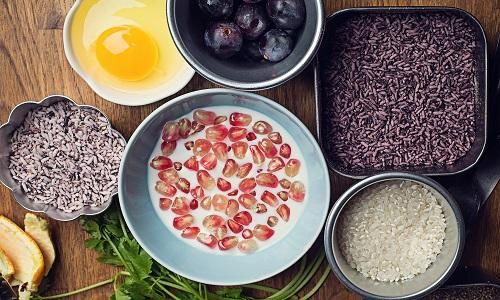
- Refrigerator: Store in an airtight container for up to 5 days. Reheat with a splash of water to restore creaminess.
- Freezer: Portion into muffin tins or freezer-safe bags. Thaw overnight before reheating.
Cultural Connections: Brown Rice Porridge Around the World
While congee (rice porridge) is traditionally made with white rice in many Asian cuisines, brown rice variants are gaining traction as health-conscious alternatives. In Korea, hyeonmi-juk (brown rice porridge) is a beloved remedy for upset stomachs. In the West, “overnight oats” enthusiasts are embracing brown rice as a grain-free porridge base, blending it with almond milk and chia seeds for a breakfast bowl.
Environmental and Ethical Considerations
Choosing brown rice over white rice supports sustainable agriculture, as it requires less processing and retains more of the grain’s natural nutrients. Additionally, opting for organic or locally sourced brown rice reduces carbon footprints and avoids pesticide exposure.
Conclusion: Embracing the Whole-Grain Revolution
Brown rice porridge is more than a meal—it’s a testament to the beauty of simplicity and nutrition. By cooking it directly, you unlock a canvas for culinary creativity while reaping the rewards of whole-grain goodness. Whether you’re nurturing your gut health, managing blood sugar, or simply craving a warm bowl of comfort, brown rice porridge rises to the occasion. So, grab your pot, experiment with flavors, and savor the earthy richness of this ancient grain transformed into modern nourishment.
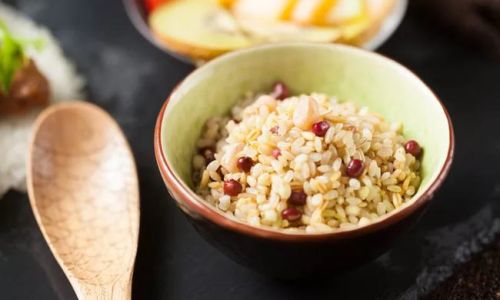
Final Tip: For busy mornings, prepare a large batch and reheat portions throughout the week. Top with seasonal ingredients to keep meals exciting and nutrient-packed. Your body—and taste buds—will thank you.

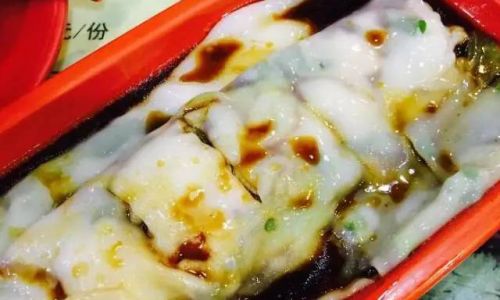
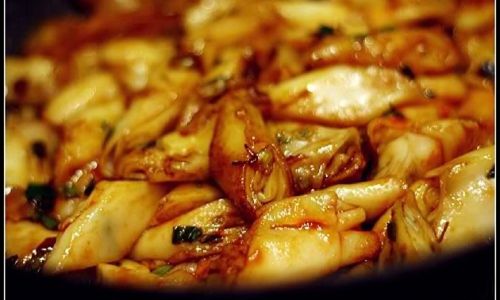
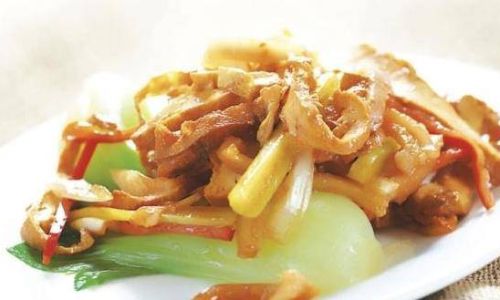

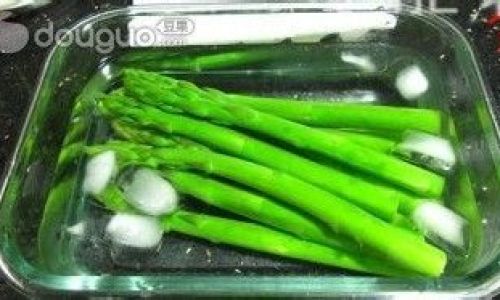
0 comments